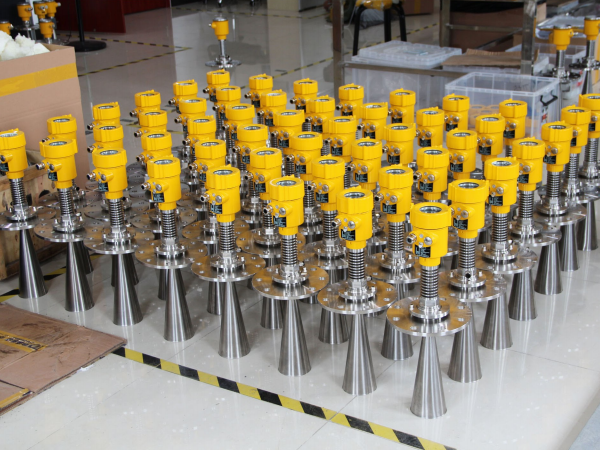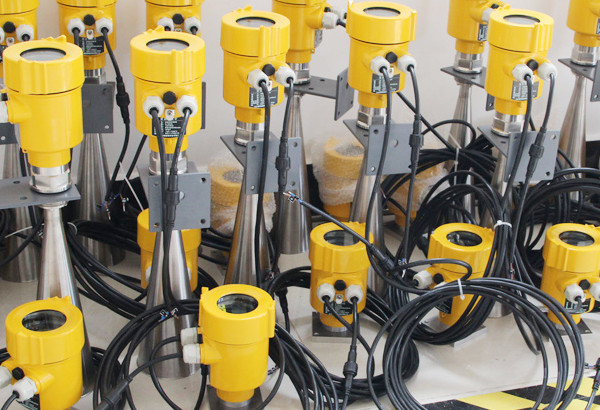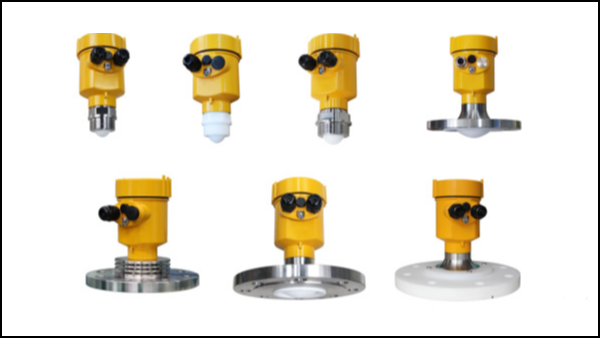In the field of modern industrial measurement, radar level meters are favored for their high precision, non-contact measurement and wide range of applications.
However, in order to ensure the accuracy and reliability of the measurement, it is crucial to correctly set the parameters of the radar level meter. This article will explain in detail how to do this.

First of all, it is necessary to understand the basic principles of radar level meters. Radar level meters measure distances by emitting microwave signals and receiving their reflected waves. The propagation time of these signals is proportional to the level height, allowing for accurate measurement. Therefore, any factors that affect signal propagation need to be considered in the parameter setting.
Next, we move on to the specific steps of parameter setting. The first is to choose the correct measurement mode. Radar level meters usually offer a variety of modes, including liquid measurement, solid measurement, and interface measurement. According to the properties of the measured medium, choosing the right mode is a prerequisite for ensuring accurate measurement.

The second step is to adjust the signal frequency. The choice of frequency depends on the characteristics of the medium and the installation environment. Generally speaking, lower frequencies are suitable for measurements of larger particles or longer distances, while higher frequencies are suitable for fine measurements and shorter distances. It is common practice to determine the optimal frequency through experiments and experience.

The third step is to set the dead zone. The dead zone refers to the closest distance range that the radar level meter cannot measure. This parameter needs to be set according to the geometry of the container and the installation location. For example, if the radar level meter is installed on the top of the container and close to the wall, the dead zone should be set larger to avoid interference.
The fourth step is calibration. This is a key step to ensure the accuracy of the radar level meter. Calibration can be performed with a standard object of known height or using the built-in simulation function. During the calibration process, the parameters need to be carefully adjusted until the reading is consistent with the actual height.
The fifth step is to consider environmental factors. Temperature, humidity, steam and dust, etc. may affect the propagation of radar signals. In the parameter setting, the corresponding compensation coefficient should be adjusted according to these conditions to reduce errors.
The last step is to verify the settings. After all parameters are set, it is necessary to conduct a comprehensive test. This can be done by changing the level and observing the response of the radar level meter. If any abnormalities are found, the parameters should be rechecked and necessary adjustments should be made.

In summary, parameter setting of radar level meter is a multi-step process that requires the operator to have not only theoretical knowledge but also practical experience.
By carefully selecting the measurement mode, adjusting the signal frequency, setting the dead zone, calibrating, considering environmental factors, and verifying the settings, we can ensure that the radar level meter can provide accurate and reliable measurement results in various applications.
Just as adjusting the proportion of ingredients in cooking is crucial to the final taste, in the use of radar level meter, accurate setting of parameters is also indispensable for obtaining accurate measurement results.
